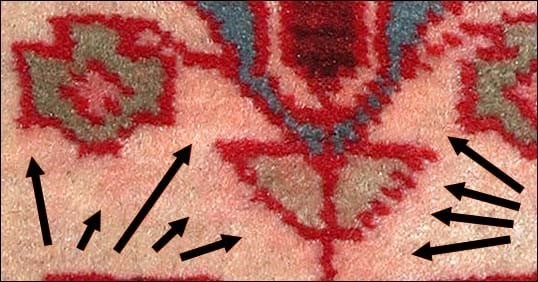One pizza company used the effective branding statement, “Better Ingredients Makes Better Pizza”. This statement holds true to making better cleaning solutions. Just like there are grades of cheese, pepperoni, sauce, etc., there are grades of raw materials used in making cleaning solutions.
The different grades of d’limonene are among the more obvious to the cleaner. Distillates, technical grade, and food-grade are distinguished by the consistency of the fragrance. The odor of a poor distillate will not easily be forgotten.
The amount of the ingredient used in any formula matters. However, we need to go beyond the quality and amount of the ingredient and also find special ingredients with core performance features that improve cleaning results. It is important to properly select ingredients that highlight a core feature that creates unique cleaning solutions and provides consistent results.
Each blog in this series will focus on a different feature brought about by a distinctive raw material based on performance and not cost. We will show pictures and/or short videos that visually illustrate performance from adding this raw material that by itself is uniquely responsible for that aspect of the result. The art of the formulator is in the selection of these quality, innovative raws with features that produce reliable results for each application.
It starts and ends with the science of cleaning….
Dye-Bleed Control
Bleeding dyes are generally a result of poor dyes (insufficient mordant) or poor dyeing technique (over dyeing). Dye bleeding can also be a result of high alkalinity resulting from the use of inappropriate cleaning solutions for natural fibers or the buildup of alkaline salts from excessive urine damage.
Bleeding is generally limited to natural fibers like wool, silk, and cotton, and is typically found in area rugs and upholstery. The bleeding is initiated with the use of water and water-based cleaning solutions. Using more water and a longer drying time will increase the amount of bleeding that is visible.

The laundry industry first solved this problem by addressing the persistent problem of washing blue jeans with white cotton. The dyes in blue jeans will gradually leave with each washing. The excess dye will bond to natural fibers and is most visible on white cotton. The industry developed a polymer that did not stop the blue jean dye release but had a higher affinity or bond to the dye than the white cotton.
In short, the dye releases into the water but bonds to the special polymer rather than the cotton. In the same way, a version of this original raw when applied to cleaning rugs and upholstery bonds to the loose dyes and is extracted away.
The following video shows how different dyes mix together in only water (glass on the left) to form a solution. The special polymer, when added to water (glass on the right) shows how different dyes do not mix together or form part of the water-based solution.
This is the only ingredient in our arsenal that performs this function and is the only reason this product works.
Education beyond blogs
Hands-on Rug Cleaning Aramsco/ Interlink Supply Training Schedule (cvent.com)
Upholstery & Fabric Cleaning System
Featured Products

Bridgepoint Systems Upholstery Cleaning Dye-Loc No Bleed Rinse, 1 Gallon
Enjoyed reading this post? Read the following articles:

